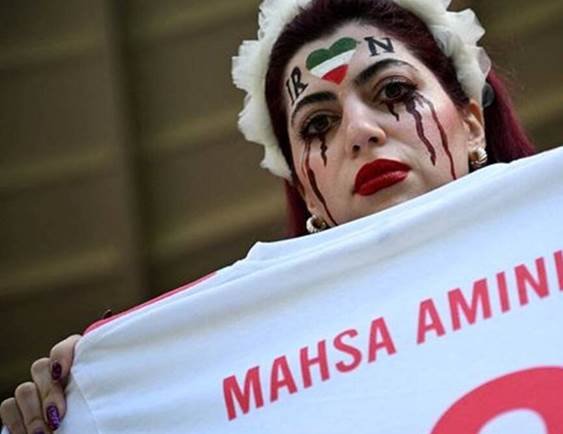Free Courses Sale ends Soon, Get It Now


Free Courses Sale ends Soon, Get It Now



Copyright infringement is not intended
Context: Iran’s public prosecutor said that the country’s dreaded morality police — the same force in whose custody 22-year-old Mahsa Amini died in September — has been disbanded.
Details:
The morality police
.jpg)
The contested hijab
© 2024 iasgyan. All right reserved